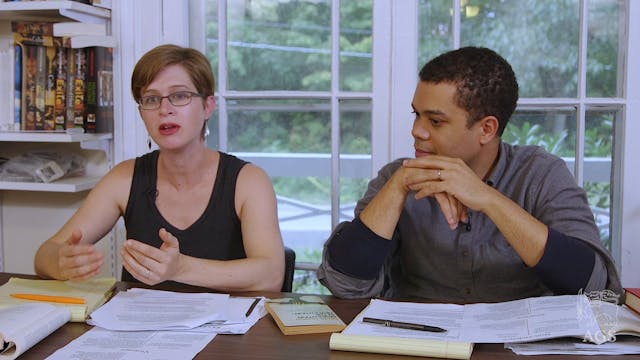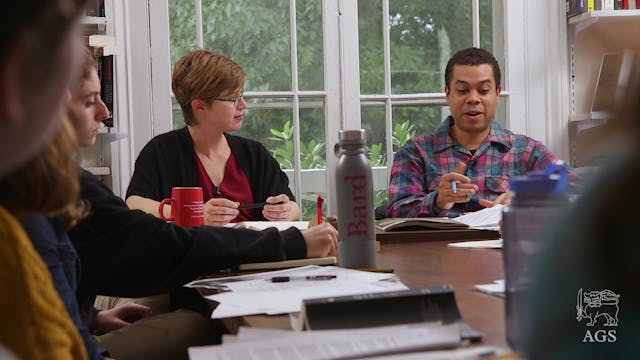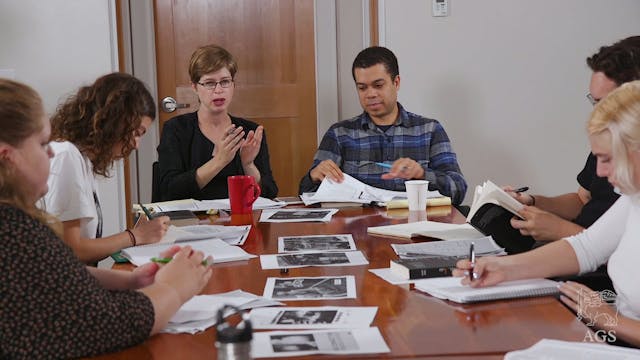1. How Does Change Happen?
How to Change The World—Theories and Practices (Course One)
•
50m
Whether we are campaigning on civil rights, environmental justice, refugee rights or LGBTQIA and women’s rights, the first prerequisite to success is a theory of social change that guides our methods. The range of potential protest tactics is so plentiful—from direct action in the streets to silent prayerful vigils, self-organized worker cooperatives to electoral ballot initiatives—that every activist, whether consciously or not, relies on a theory of change to decide their actions. If the theory of change underlying our activism is false, then our protests are bound to fail.
At the same time, social change is constant and complex, involving factors both within and beyond human control. Often, an unexamined set of assumptions govern—and limit—our attempts to make change. This mini-course intends to refresh and expand our thinking about activism by studying four different theories of change: voluntarism, structuralism, subjectivism, and theurgism. We will track these theories through case studies, considering how each demonstrates the interplay between individual and world, natural and supernatural.
Up Next in How to Change The World—Theories and Practices (Course One)
-
2. Voluntarism - Violence vs Nonviolence
-
3. Structuralism - Structures vs Agents
-
4. Subjectivism - How does Inner Real...



7 Comments